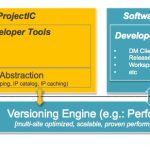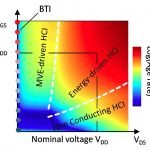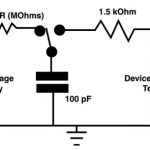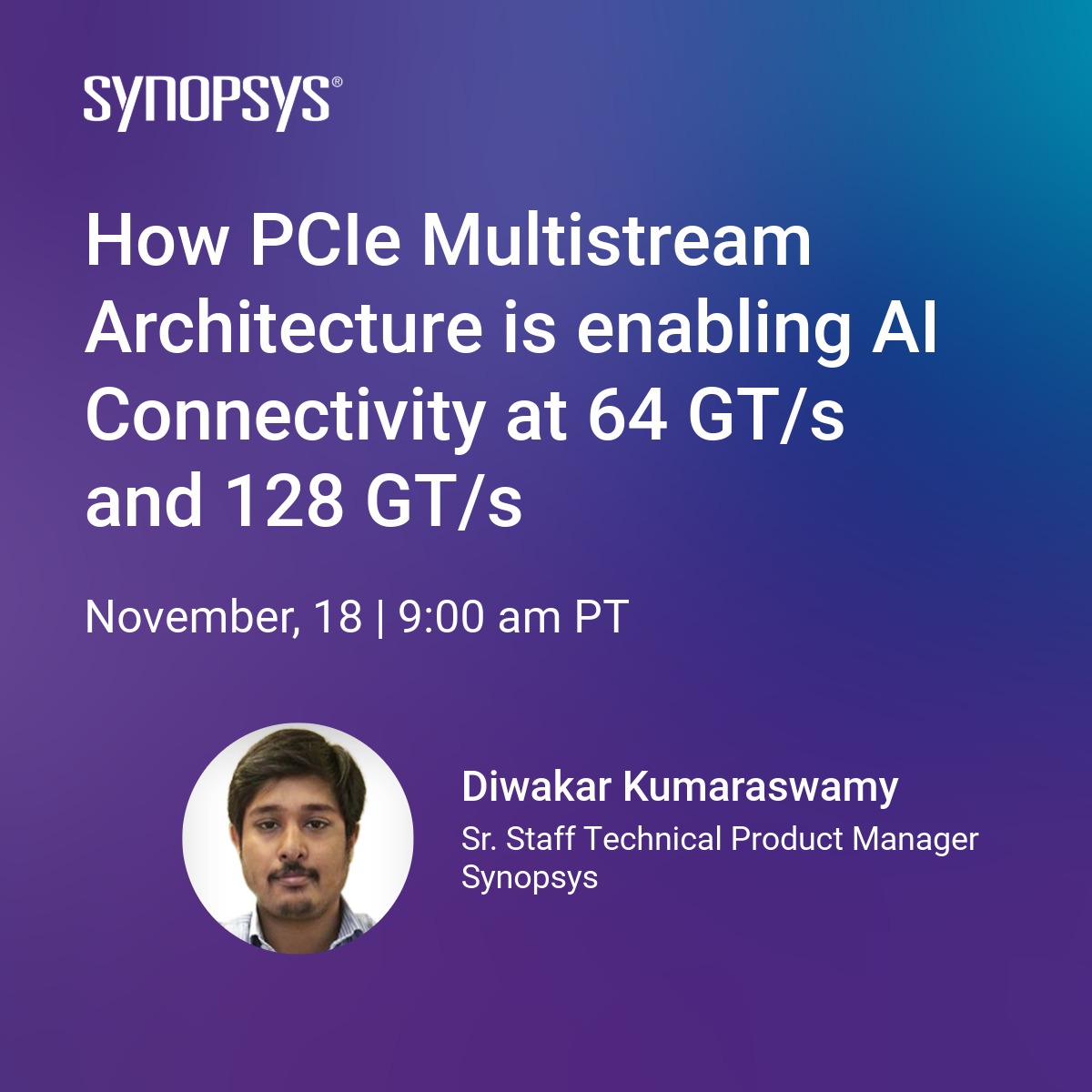Planar CMOS processes have been offered for decades now, and all the way down through the 28nm node it has been riding the benefits of Moore’s Law. A few years back we started hearing from Intel about TriGate (aka FinFET) starting at the 22nm node as a way to use a more 3D processing approach for transistors instead of planar CMOS.… Read More
Author: Daniel Payne
IoT Application: Road Biking Fitness
Eleven months ago I started a fitness kick in order to lose some weight, get healthy and have more energy, so I picked a familiar activity, road cycling. Being an engineer I have always loved measuring things, like my speed and distance, however I had an old-fashioned cyclocomputer called the Cateye Velo 2. This device connected … Read More
Speeding up IP and Data Management
IP and Data Management (DM) for SoC teams has gradually moved from ad-hoc approaches using simple Excel spreadsheets, to home-grown software that is specific to a project or company, and finally to commercially supported tools. One such commercial toolset for IP lifecycle management is from Methodics, named ProjectIC –… Read More
DAC Update on IC Design Tools at Mentor
On Tuesday morning I headed off to the Mentorbooth at DACfor an update on their Custom IC Design and AMS Simulation/Verification tools, Christopher Cone was the presenter. Also in the room were Jay Madiraju, and Mick from Berkeley DA.… Read More
IO Design Optimization Flow for Reliability in 28nm
User group meetings are a rich source of information for IC designers because they have actual designers talking about how they used EDA tools in their methodology to achieve a goal. Engineers at STMicroelectronicspresented at a MunEDAUser Group on the topic: I/O Design Optimization Flow For Reliability In Advanced CMOS Nodes.… Read More
Making IP Reuse and SoC Integration Easier
The last graphics chip that I worked on at Intel was functionally simulated with only a tiny display size of 16×16 pixels, because that size allowed a complete regression test to be simulated overnight. Our team designed three major IP blocks: Display Processor, Graphics Processor and Bus Interface Unit. We wanted to also… Read More
Ensuring ESD Integrity
Electro Static Discharge (ESD) is a fact of life for IC designs and has been ever since electronics were first created and then started failing because of sudden, large currents flowing through the design caused by human, processing or machine contact. It’s just too expensive to layout an IC today, fabricate it, test for … Read More
Power Modeling and Simulation of System Memory Subsystem
One great benefit of designing at the ESL level is the promise of power savings on the order of 40% to 70% compared to using an RTL approach. Since a typical SoC can contain a hierarchy of memory, this kind of power savings could be a critical factor in meeting PPA goals. To find out how an SoC designer could use such an ESL approach to power… Read More
Catching IC Manufacturing Defects With Slack-Based Transition Delay Testing
Test engineers are often the unsung heroes in the semiconductor world, because they have the tough job of deciding if each IC is good or bad, while taking the least amount of time on a tester and ensuring that the tests are actually finding and uncovering all manufacturing and process variation defects. Simple stuck-at fault models… Read More
Modeling and Analysis of Single Event Effects (SEE)
Single Event Effects (SEE) are important because we depend upon our consumer, industrial and aerospace products to work reliably. Protons, electrons, neutrons, or alpha particles may perturb the MOS or bipolar device operation in either a destructive or non-destructive fashion. Galactic cosmic rays are one source of these… Read More















AI RTL Generation versus AI RTL Verification